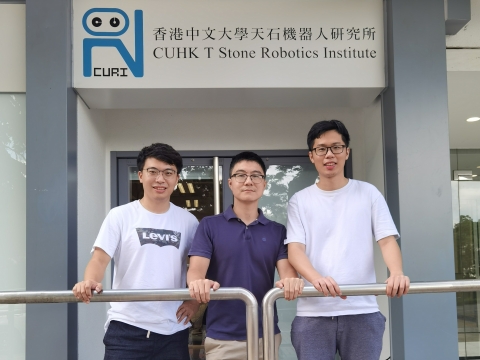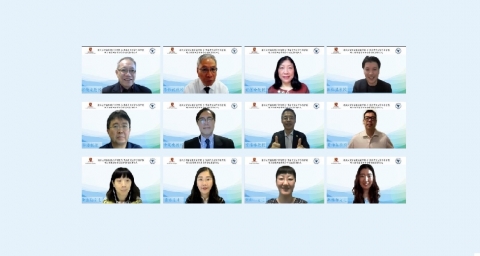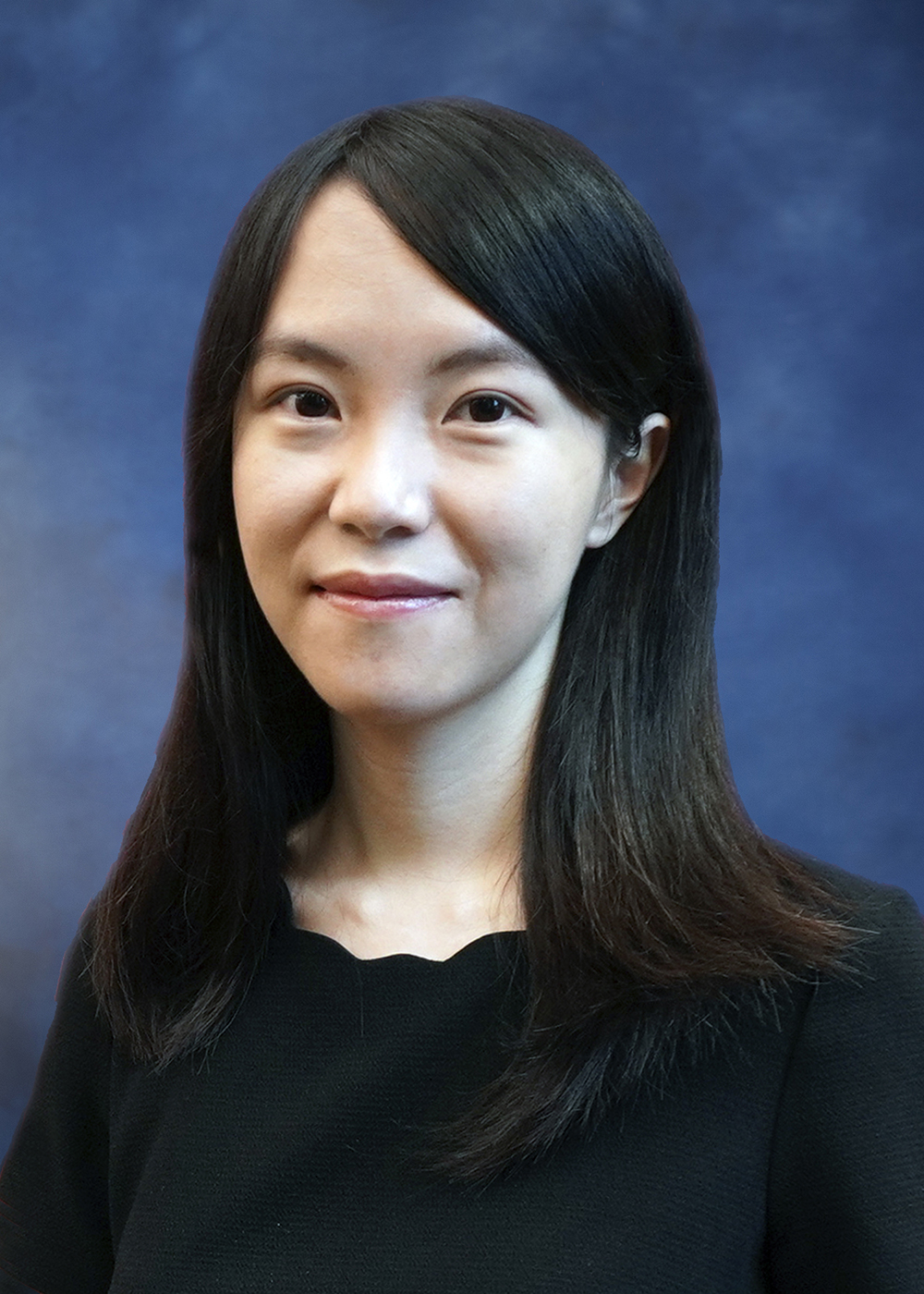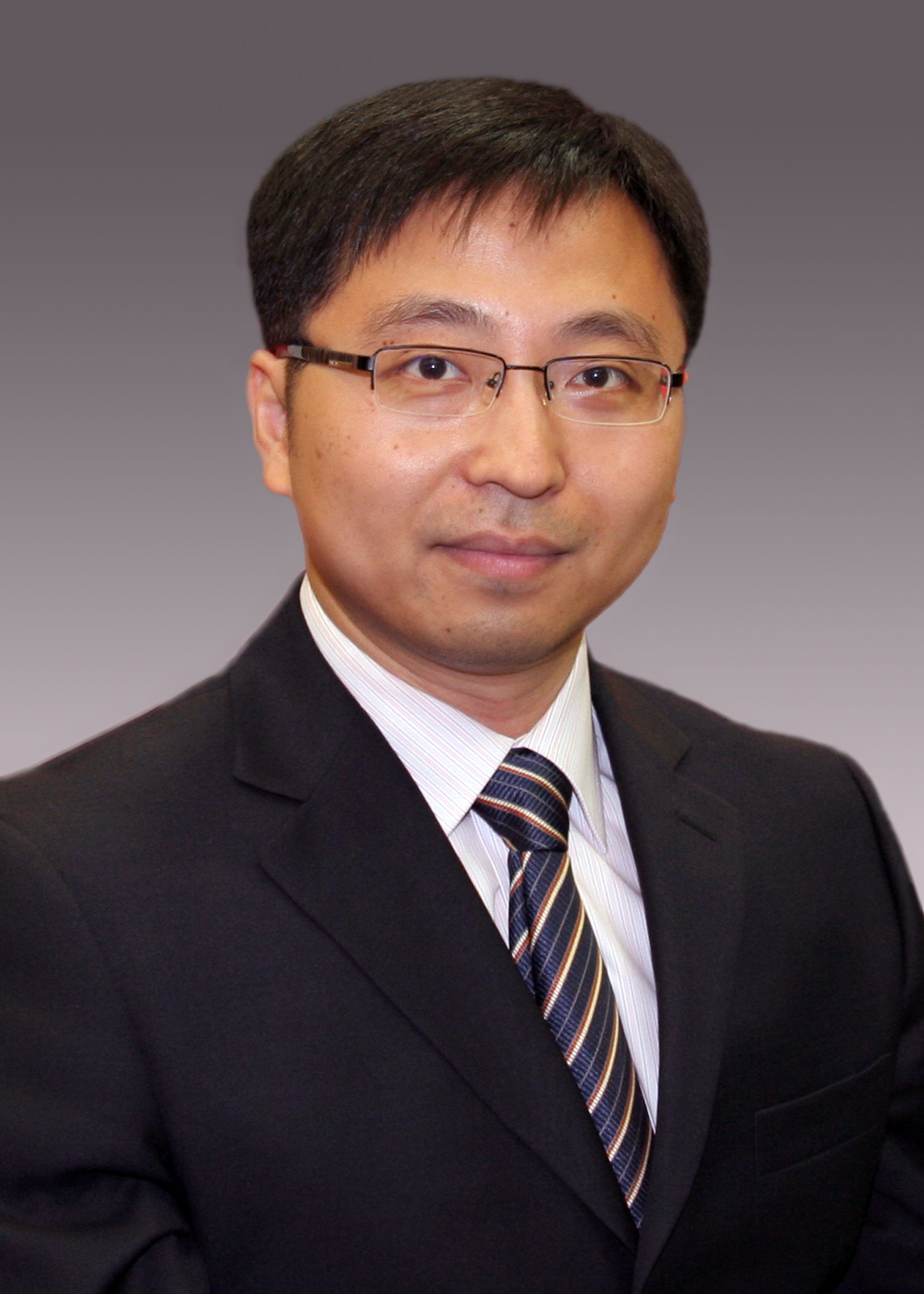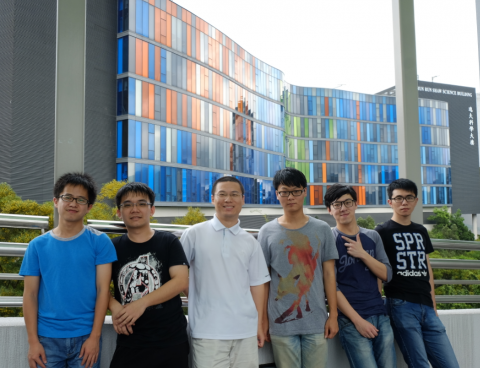The 7th Hong Kong University Student Innovation and Entrepreneurship Competition was held at Hong Kong Science Park in May. CUHK Engineering students showed active and exemplary participation, winning a number of awards in the competition in the Innovation category and Entrepreneurship category. The CUHK Engineering team projects awarded First-class is “Miniaturised Robotic Steerable Surgical Drill for Confined-Space Bone Work”, both in the category of Innovation. Innovation First-class Award: Miniaturised Robotic Steerable Surgical Drill for Confined-Space Bone Work The human body structure is highly complex and irregular. In conventional orthopedic surgery, doctors have to remove a considerable amount of healthy tissue in order to gain access to the target surgical sites with straight and rigid surgical tools. This will lead to postoperative pain and complications, so prolonging hospital stays and recovery time. WANG Yan, LIN Hongbin, and WANG Xuchen, PhD students from the Department of Mechanical and Automation Engineering (MAE), supervised by Professor AU Kwok Wai Samuel of the MAE Department, developed a miniaturised steerable surgical drill for bone work in a confined space. The miniaturised dimension (with a diameter of 4.5 mm) and considerably enhanced distal steerability (±65 degrees) enable doctors to access target surgical sites through small incisions while steering around anatomical corners minimises intraoperative harms on the patient during the process. This articulated drill tip is integrated into a lightweight (200 g) pen-style handheld device, which is easy to use and adaptable to existing surgical procedures. The handheld device can also be optionally mounted on a robotic arm for higher-precision autonomous control. Potential applications of the device include surgery on ENT, the cranial base, and the spine. The project has also been awarded First Runner-up in the Postgraduate group in the 2021 Professor Charles K. Kao Student Creativity Awards. List of CUHK awarded projects is provided below:
|
|

